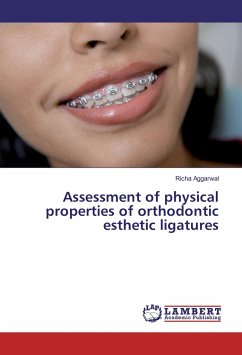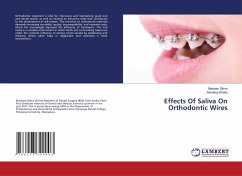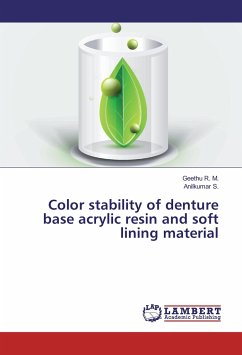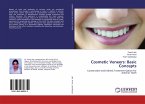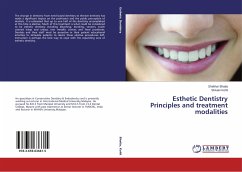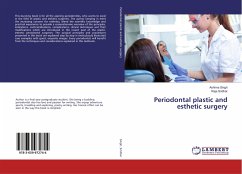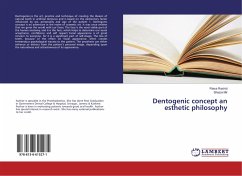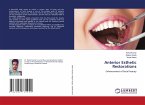For an orthodontist an ideal biomaterial should have desirable aesthetic properties and should also do well mechanically under clinical situations. So, these requirements led to the designing of the present study , with an aim to quantitatively assess the discoloration caused by the effect of various dietary media on clear elastomeric modules and Teflon coated ligature wire and the means for the reduction of the discoloration of elastomeric modules and further to evaluate and compare the frictional resistance offered by these esthetic ligation methods. For evaluation of resistance to discolouration and for evaluation of frictional resistance, the study was carried out in-vitro and for evaluation of reduction in discoloration the study was conducted in-vivo, by using 3 types of clear elastomeric modules and a Teflon coated ligature wire.
Bitte wählen Sie Ihr Anliegen aus.
Rechnungen
Retourenschein anfordern
Bestellstatus
Storno

